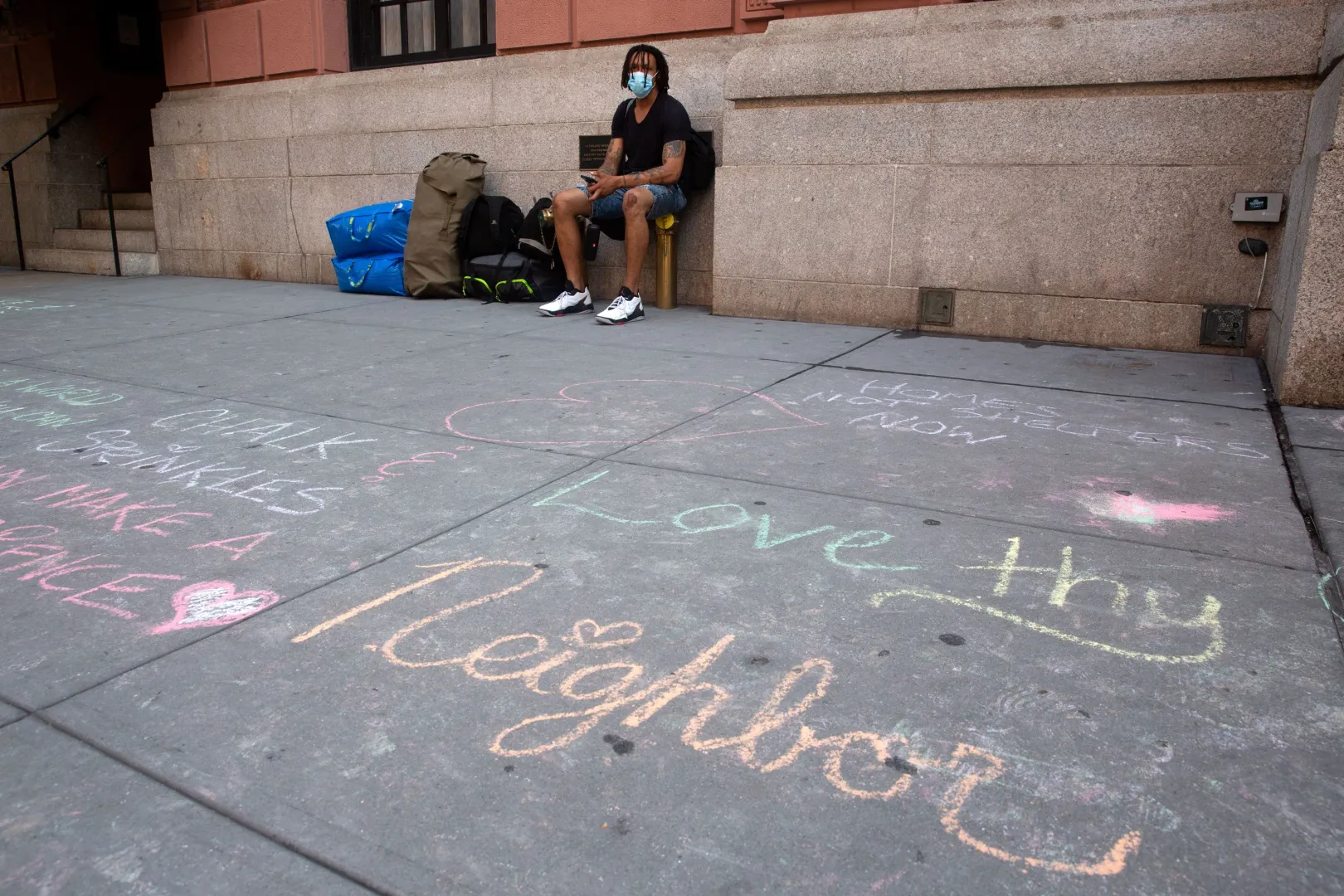Mayor Adams wants to reassess New York’s right to shelter. Can he?
The decades-old shelter policy would have to go back to court to be undone, experts say.

 This article was originally published on by THE CITY .
This article was originally published on by THE CITY .
For decades, New York has had a right to shelter, meaning that anyone who does not have a roof over their head can get one through the city-run homeless shelter system.
That right has been tested in recent weeks by a new challenge: an influx of thousands of Central and South American asylum-seekers who have arrived in the city with no places to live, no jobs, and hardly any possessions.

Brooklyn Boro
View MoreNew York City’s most populous borough, Brooklyn, is home to nearly 2.6 million residents. If Brooklyn were an independent city it would be the fourth largest city in the United States. While Brooklyn has become the epitome of ‘cool and hip’ in recent years, for those that were born here, raised families here and improved communities over the years, Brooklyn has never been ‘uncool’.